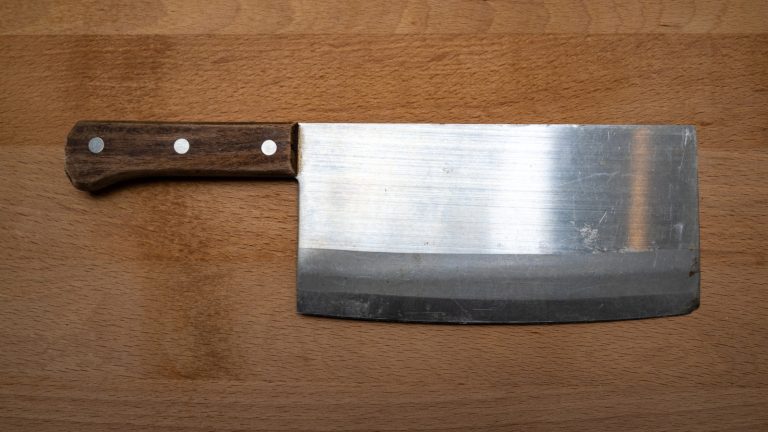It’s always amazing when a classic food takes a new international form, but who would have guessed that corn dogs would be the thing to travel the world, and that they would find such a welcoming new home in Korea? Corn dogs are one of the few foods that can claim to be truly American in origin. While most of our popular foods in the U.S. are either immigrant dishes or things that clearly evolved from them, corn dogs are distinct. Yes, hot dogs came from German immigrant’s frankfurters, but dipping them in a thick corn batter has U.S.A. written all over it and makes for a very different meal. But Korea saw what we were doing and really ran with it when they created Korean hot dogs.
Korean hot dogs also get called Korean corn dogs in America because of their resemblance to the American corn dog, but corn dog is actually a slight misnomer for the product. Despite being sausages dipped in batter, the Korean hot dog version usually doesn’t use cornmeal. And Korean hot dogs are so much more than the relatively narrow idea we have of American corn dogs. There are different toppings, sauces, and fillings to choose from that make Korean hot dogs much more customizable, which is a big part of their recent surge in popularity. They may both be battered meat on a stick, but if you are only familiar with American corn dogs, you have a whole new world to discover.
What are corn dogs?
The classic American corn dog is a wonderfully simple thing: just a hot dog covered in cornmeal batter, deep fried, and served on a stick. The actual origins of the corn dog in the U.S. are hard to track down because there are a lot of competing claims. The Oregon-born chain Pronto Pup asserts that creator George Boyington came up with the idea of a battered, deep-fried hot dog to keep them from getting soggy in the Oregon rain, while other sources attribute it to German immigrants in Texas who were trying to appeal to American tastes. The oldest verified idea for a corn dog came in 1927 from a Buffalo, New York resident, Stanley S. Jenkins, who patented a device for frying food on sticks, including wieners, but there is no evidence he ever actually turned it into a business.
Whoever actually served the first corn dog, the concept took off after World War II, driven partly by its association with state fairs, and it hasn’t really changed much since. The standard cornmeal batter recipe resembles a sweet cornbread, with cornmeal, flour, sugar, and leaveners like baking powder to keep it from getting too dense when fried. The filling is almost always a classic American hot dog, sometimes wrapped or filled with cheese, with other options like bratwurst being rare. The only other somewhat common form are corn dog nuggets, which are bite-sized versions similar to pigs in a blanket.
What are Korean hot dogs?
Korean hot dogs first appeared in the ’70s, when Korean dishes with processed meats like hot dogs were popular due to both a struggling economy and the U.S. military presence, although, they were often made with fish cakes due to meat shortages. However the currently popular forms of Korean hot dogs emerged in the 2010s, when new chains started reviving the street food and putting modern spins on it.
The Korean hot dog batter is distinct. It uses wheat and rice flour instead of cornmeal, giving it a lighter, chewier texture. This Korean hot dog batter holds onto ingredients well, and that is another essential difference, as Korean hot dogs often have additions like potatoes, dried ramen, or crispy rice cooked into the batter for added flavor and texture. Korean hot dogs also make use of powders and sauces applied directly to the outside of the dog. The powders can be simple seasoning mixes or even things like Cheeto dust, and sauces range from classics like mustard and mayo, to hot sauces, ranch, and custom sweet and spicy recipes.
The last distinction is the filling. The meat will usually be a sausage, similar to a hot dog, but Korean hot dogs are also made with cheese fillings, usually mozzarella or cheddar. You can get them with just cheese, just meat, or split 50-50 between sausage and cheese. Combined with the toppings and other flavor options, Korean hot dogs offer something for almost everyone.







